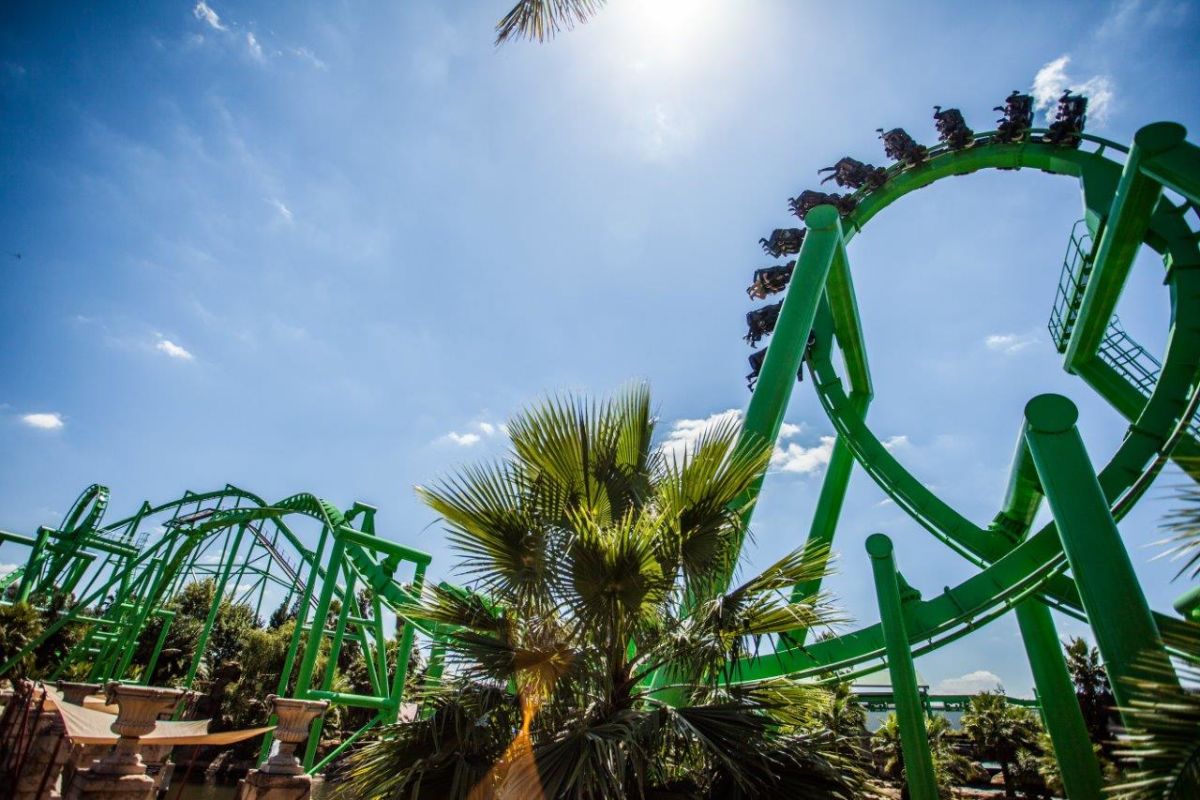The 9-Second Trick For Johannesburg North Attractions
The 9-Second Trick For Johannesburg North Attractions
Blog Article
Rumored Buzz on Johannesburg North Attractions
Table of ContentsThe Main Principles Of Johannesburg North Attractions Fascination About Johannesburg North AttractionsNot known Incorrect Statements About Johannesburg North Attractions A Biased View of Johannesburg North Attractions7 Easy Facts About Johannesburg North Attractions DescribedThe Definitive Guide to Johannesburg North Attractions
The city grew on the edge of the Witwatersrand Main Reef, a subterranean stratum of gold-bearing quartz-silica corporation that arcs for hundreds of miles below the Highveld - Johannesburg North attractions. Most of the gold mines in the city ceased operation in the 1970s, but in its day the Witwatersrand gold industry accounted for even more than 40 percent of the globe's annual gold production.Johannesburg has a warm environment. Summer season temperature levels average about 75 F (24 C); winter season temperature levels average about 55 F (13 C) and only periodically dip below freezing. The city delights in about eight hours of sunlight each day in both winter months and summer. Rainfall standards concerning 28 inches (700 millimetres) per year, however the total differs significantly from year to year.
What rainfall the city obtains falls nearly specifically in the summer season months, commonly in spectacular late-afternoon electrical storms. Air pollution postures a substantial issue, particularly in the winter season, when thermal inversions impede the westward circulation of air from the Indian Sea. Contamination is most severe in the largely worked out Black townships on the city's perimeter, where numerous homeowners still rely upon coal for gas.

The Johannesburg North Attractions PDFs
The equilibrium of the city is occupied by whites. Lodging varies in character and high quality.
Physical growth, although somewhat restricted by transport, proceeded quickly as immigration to South Africa, and Johannesburg specifically, raised significantly. This trouble was solved in the 1930s when the automobile was introduced in automation to South Africa. Autos were, for the most component, constrained to the affluent, and allowed them to transfer to the north of the city and commute into the centre.
Many poor suburbs were mixed, with bad blacks and whites living with each other, although the rich residential areas were typically reserved for whites. This changed with the political election of the National Celebration in the 1948 elections, who began to formalise the system called discrimination. Apartheid formally marked which residential areas each race could live in under the Group Areas Act.
The previous system of eleven phoned number areas was reorganised in 2006. Marshalltown, as seen from the top of the Carlton Centre. The M1 and M2 run behind the buildings, and the southerly suburban areas extend past the highway limit. The central city of Johannesburg is located within the city's Region F. The number of people living in the internal city on an informal basis is unidentified, as numerous are illegal immigrants. The joblessness, education, and age accounts of the area are all unidentified, due to the problem of obtaining trusted info about the location.
A Biased View of Johannesburg North Attractions
Yeoville and Bellevue have a mix of apartment or condo structures and solitary household units on small great deals. The area is situated on a hilly divide that ranges from eastern to west. The most conspicuous geographic function is Observatory Ridge, which is named for the big observatory situated on it. The entertainment rooms are no more used, because of protection troubles.

Johannesburg Stadium, a training school for both the Golden Lions and Orlando Pirates, is adjacent. The eastern residential areas of Johannesburg are located in the city's 7th [] and 9th [] regions. The area is additionally functionally integrated with East Rand boundary towns beyond the main limit of Johannesburg, such as Bedfordview and Edenvale (both part of Ekurhuleni Metropolitan District).
The 8-Second Trick For Johannesburg North Attractions
R. Tambo International Airport Terminal). The eastern residential areas are a few of the earliest locations of Johannesburg, there are huge areas of Jewish and various other European histories, see this site most of the population is English speaking. There are 3 fairway in addition to a variety of protected ridges with viewsites. There are a number of well-developed and up-market amusement and shopping locations in the eastern such as the Eastgate Purchasing Centre and the Greenstone shopping centre.
The location is primarily composed of old "matchbox" homes, or four-room homes built by the federal government, that were built to offer economical lodging for black Bonuses workers throughout racism. Soweto is an acronym, meaning "South Western Townships". Road after street around is lined with matchboxes; nevertheless, there are a few smaller sized locations where flourishing Sowetans have actually constructed residences that are extra similar in stature with those in even more wealthy residential areas.
Hostels are another popular physical function of Soweto. Originally constructed to house male migrant employees, lots of have been improved as houses for pairs and family members. home The N1 Western Bypass skirts the eastern limit of Soweto. The suburb was not traditionally enabled to develop employment centres within the area, so practically all of its homeowners are commuters to various other components of the city.
Johannesburg North Attractions for Beginners
The residential areas in the northern suburbs are primarily formal, with no considerable areas of informal housing, or housing that lacks a long-term structure. This is an established area, there is a pattern of land usage adjustment from residential to business, particularly along major arterial roads and around well established nodes.
Roadways to the eastern and west are less well created, as there are no highways travelling in that direction. Towards the north boundary of the city, the thickness of growth decreases, leaving large locations of primitive land around Midrand.
The 10-Second Trick For Johannesburg North Attractions
, which is situated on a hillside neglecting the internal city and Hillbrow.
Report this page